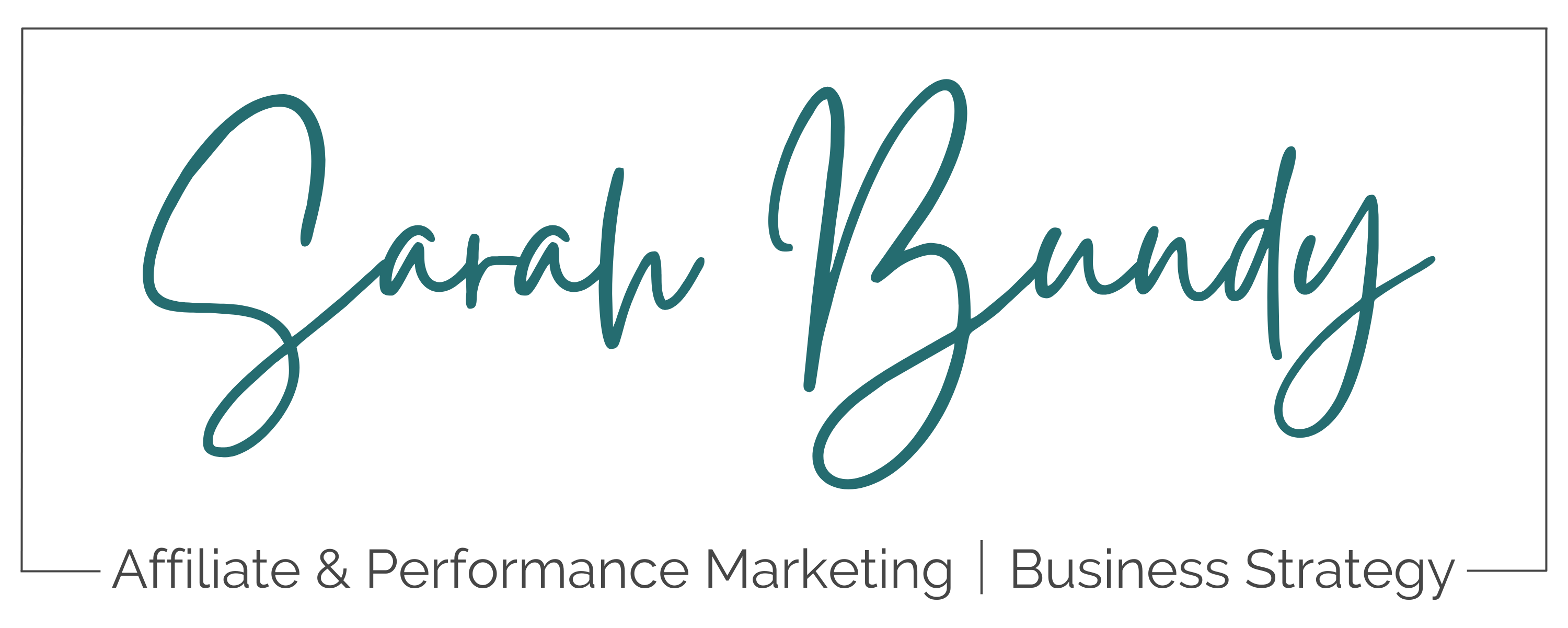7 Reasons Why CMOs Do Not Invest More In Affiliate Marketing
Why do CMOs not invest more in affiliate marketing? This is a question our entire industry constantly asks. The affiliate and partnership marketing landscape has evolved so much over the past two decades with advancements in technology, compliance and partnership opportunities, to those in it, investing in this growth strategy seems like a no-brainer.
But for others who are less familiar with the channel or don’t yet understand the opportunities and benefits it brings to incrementally and growth, there are still mental or statistical roadblocks that keep them from diving in.
Following are the most common reasons CMOs do not invest in affiliate and partnership marketing today:
1. Perceived ROI
Some CMOs may perceive affiliate marketing as less effective or lower ROI compared to other marketing channels. If they don’t see a clear return on investment or if they believe other channels offer better returns, they might allocate their budget elsewhere.
Solution: Provide data-backed insights into the ROI potential of affiliate marketing. Share case studies or industry statistics demonstrating successful affiliate marketing campaigns with high ROI. Highlight the cost-effectiveness of affiliate marketing compared to traditional advertising channels.
Fact: According to a study by Forrester, businesses in the U.S. generated an average of $16.14 in revenue for every $1 spent on affiliate marketing in 2020.
2. Complexity
Affiliate marketing can be complex to manage, especially for larger companies with numerous products or services. Coordinating with multiple affiliates, tracking conversions, and managing payments can require significant time and resources.
Solution: Invest in affiliate management software or platforms to streamline the management process. These tools can automate tasks such as affiliate tracking, reporting, and payments, reducing the time and resources required to manage affiliate programs effectively.
Fact: Affiliate marketing software can help increase efficiency by up to 80%, according to a report by impact.com.
3. Attribution Challenges
Attribution in affiliate marketing can be challenging. It’s often difficult to accurately attribute conversions to specific affiliates, especially in cases of multi-touchpoint customer journeys. Without clear attribution, it can be challenging to measure the effectiveness of affiliate marketing campaigns accurately.
Solution: Implement advanced attribution models that take into account the entire customer journey, including multiple touch points. Utilize tracking technologies such as multi-touch attribution or algorithmic attribution to more accurately attribute conversions to affiliate marketing efforts.
Fact: According to a study by Nielsen, multi-touch attribution models can provide up to a 15% increase in marketing ROI compared to last-click attribution models.
4. Risk of Fraud
Affiliate marketing can be susceptible to fraud, such as click fraud or affiliate cookie stuffing. CMOs may be hesitant to invest in a channel where there’s a risk of fraudulent activity impacting their marketing budget and overall performance.
Solution: Implement fraud detection and prevention measures, such as monitoring for suspicious activity, using fraud detection software, and establishing clear policies and consequences for fraudulent behavior. Work with reputable affiliate networks and conduct thorough vetting of potential affiliates to minimize the risk of fraud.
Fact: The Association of Certified Fraud Examiners estimates that businesses lose approximately 5% of their annual revenue to fraud each year.
5. Resource Allocation
CMOs have limited budgets and must allocate resources across various marketing channels and initiatives. They may prioritize channels they believe will deliver the highest return or align most closely with their overall marketing strategy, leading to less investment in affiliate marketing.
Solution: Conduct thorough research and analysis to identify the potential ROI of affiliate marketing compared to other marketing channels. Allocate resources based on data-driven insights and consider starting with a smaller investment to test the waters before scaling up.
Fact: According to eMarketer, affiliate marketing spending in the United States reached $12.4 billion in 2021, and it is projected to continue growing at a compound annual growth rate (CAGR) of 10.1% through 2025.
6. Brand Perception
Depending on the industry and brand positioning, some CMOs may feel that affiliate marketing is not in line with their brand image. They may prefer to focus on other channels that they believe better align with their brand values and target audience.
Solution: Choose affiliates carefully to ensure they align with your brand values and target audience. Provide clear guidelines and branding assets to affiliates to maintain brand consistency in their promotions. Monitor affiliate activities closely and terminate partnerships with affiliates who engage in activities that could harm your brand’s reputation.
Fact: According to a survey by Rakuten Marketing, 38% of consumers are more likely to purchase from a brand if they see it mentioned by an influencer they trust.
7. Lack of Awareness
Many CMOs may not invest more in affiliate marketing due to lack of awareness or understanding of its potential benefits due to limited exposure to successful affiliate marketing campaigns, a focus on more traditional marketing channels, or simply a lack of education about the intricacies and benefits of affiliate marketing.
Solution: Conduct educational workshops or seminars for decision-makers within the company to increase awareness and understanding of affiliate marketing’s potential benefits. Provide comprehensive training sessions that cover the basics of affiliate marketing, including how it works, its potential ROI, successful case studies, and best practices for implementation. Additionally, offer hands-on demonstrations or affiliate introductions to showcase the practical aspects of managing an affiliate program effectively.
Fact: According to a survey by the Performance Marketing Association, companies that actively invest in educating their teams about affiliate marketing experience a 35% increase in affiliate program performance and a 25% higher return on investment compared to companies that do not prioritize education.
In Conclusion
For the reasons listed above, it’s important that our industry continues to educate CMOs about the benefits and opportunities affiliate brings to businesses globally. By equipping decision-makers with knowledge and insights about affiliate marketing, they will be better positioned to evaluate its value and make informed decisions about allocating resources to this channel.
The benefits of incremental revenue, expanded market share, lower cost brand exposure, new customer acquisitions, third party endorsements, increased in basket size, extended customer lifetime value, and increased conversion rates, are all reasons to invest in affiliate and partnership marketing.
By addressing these challenges and continuing to educate CMOs and digital marketing leaders through strategic solutions and statistics, innovative and strategic CMOs will begin to test this channel more thoroughly and consistently for years to come.

